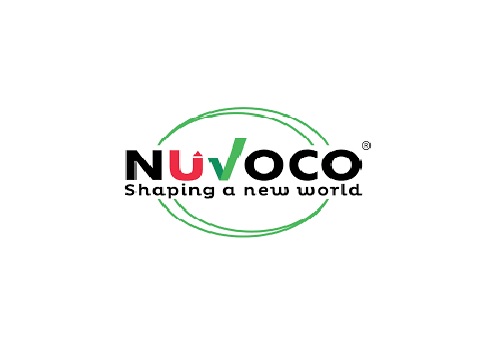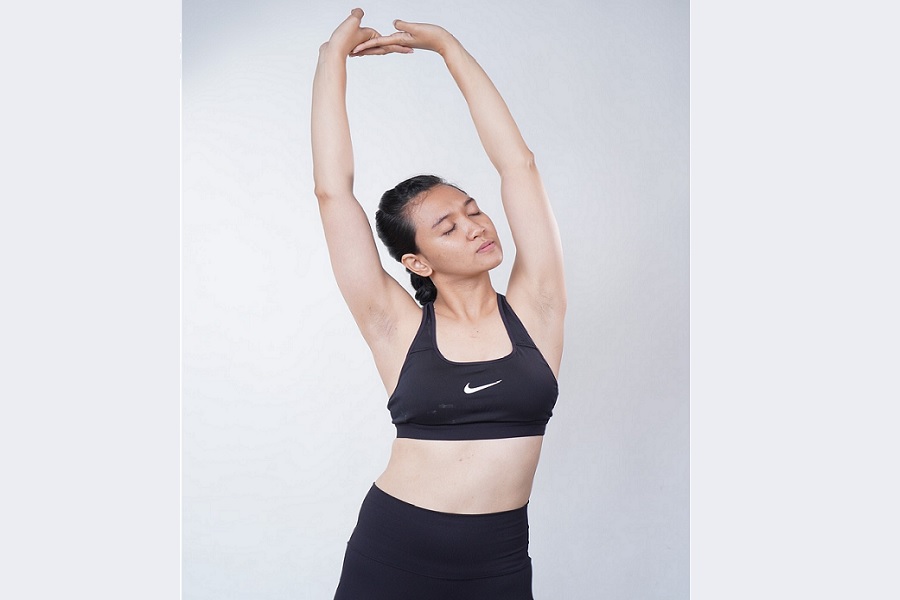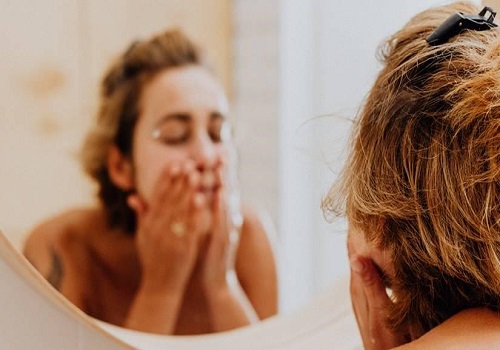The Art of Minimalism: How to Simplify Your Life for More Joy

Follow us Now on Telegram ! Get daily 10 - 12 important updates on Business, Finance and Investment. Join our Telegram Channel
In a world overwhelmed by materialism and digital distractions, minimalism emerges as a breath of fresh air. It’s not just a lifestyle; it’s an art form that encourages you to focus on what truly matters. By decluttering your surroundings, mind, and commitments, you can create space for joy, clarity, and purpose.
What is Minimalism?
Minimalism is the deliberate choice to live with less—less clutter, less stress, and fewer unnecessary possessions. It’s about prioritizing quality over quantity, meaningful relationships over superficial connections, and experiences over material goods. At its core, minimalism promotes intentional living.
The Benefits of Minimalism
Clarity of Mind:
Removing physical clutter often clears mental clutter, helping you focus on what truly matters.
Increased Joy:
Owning less allows you to appreciate what you have, fostering a deeper sense of gratitude and happiness.
Financial Freedom:
By buying only what you need, you can save more money and reduce financial stress.
Improved Relationships:
Minimalism encourages you to invest time and energy in meaningful connections instead of material distractions.
Environmental Impact:
Consuming less contributes to a more sustainable planet by reducing waste and conserving resources.
Steps to Embrace Minimalism
Declutter Your Space:
Start with one room at a time. Ask yourself: "Do I truly need this?" Donate, recycle, or sell items you no longer use.
Adopt a Capsule Wardrobe:
Choose versatile clothing pieces that can be mixed and matched. This reduces decision fatigue and saves time.
Digital Minimalism:
Unsubscribe from unnecessary emails, declutter your digital files, and limit screen time to focus on real-life interactions.
Simplify Your Commitments:
Learn to say no to tasks and activities that don’t align with your goals. Prioritize quality time over busy schedules.
Mindful Consumption:
Before making a purchase, ask yourself if it adds real value to your life.
Create Meaningful Spaces:
Decorate your home with intention—only keep items that spark joy or serve a purpose.
Overcoming Challenges
Fear of Missing Out (FOMO):
Minimalism teaches you that happiness doesn’t come from things but from experiences and relationships.
Emotional Attachment:
It’s hard to let go of items with sentimental value. Take photos of these items before parting with them, keeping the memories while reducing clutter.
Societal Pressure:
Embrace the confidence to live differently and focus on your own definition of success.
Living a Joyful Minimalist Life
Minimalism isn’t about deprivation—it’s about abundance in the areas that matter most. By clearing the excess, you make room for joy, creativity, and growth. Minimalism encourages you to live intentionally, ensuring every choice aligns with your values and goals.
Conclusion:
The art of minimalism isn’t about what you lose; it’s about what you gain—time, peace, and joy. It’s a journey toward a more meaningful life, where simplicity becomes the foundation for happiness.
























